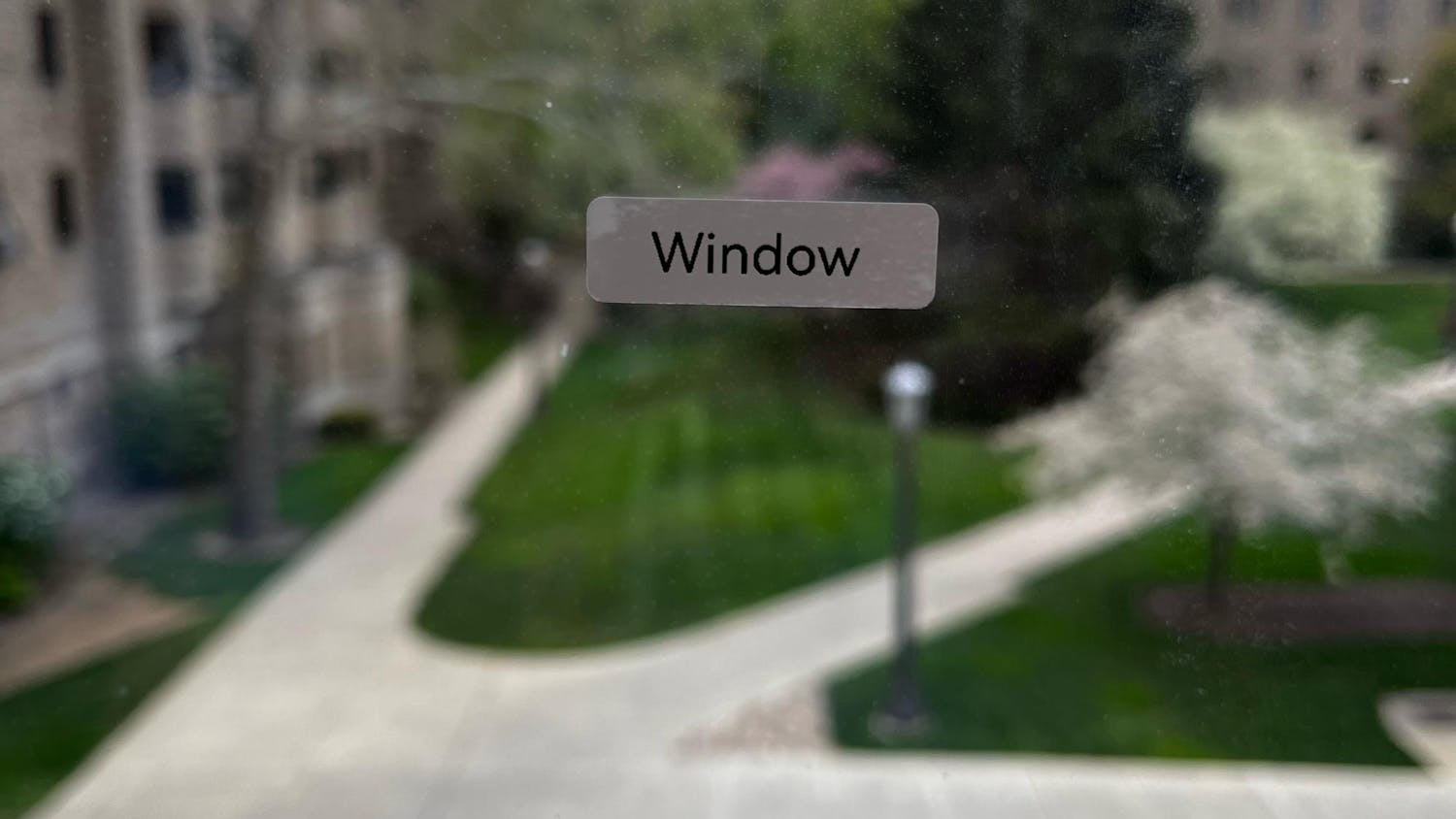The past week has been eventful for the modern world of journalism.
On Tuesday, Columbia University announced the winners of the 2012 Pulitzer Prizes, the highest honor in journalism. The next day, the blog Mashable released an intriguing infographic showing how social media is taking over the breaking-news industry from traditional sources. And yesterday, the New York Times Co. and other major media outlets announced first-quarter financial results.

These stories have highlighted the dynamic world of print and online journalism. On one hand, the two Pulitzers and better-than-expected finances of the New York Times might calm the nerves of those of us who hold onto the hope that traditional journalism isn't on its deathbed. On the other hand, Pulitzers won by online-only sources like the Huffington Post and POLITICO show that even the academic journalists on the Pulitzer panel acknowledge the changing landscape.
Of course, journalism is still journalism. It still consists of generating engaging story ideas, tracking down sources, synthesizing information, and drafting a coherent written product. But that isn't to say that some people are better at it than others. Matt Wuerker of POLITICO and David Wood of the Huffington Post - both 2012 Pulitzer winners - are probably best described as bloggers. But just because their work does not regularly appear in print, does that mean that it's less important?
Mashable reported that over 50% of those polled had learned about major breaking news from Twitter or Facebook before seeing it in traditional news sources. Their analysis of this finding, however, was important. The blog listed four pros and cons to this shift in modern news sources. Cons included compromised journalistic integrity and the ability for false or biased stories to be disseminated quickly without fact checking. This post brings up an intriguing question: What do readers care about more, quality or quickness? Or maybe, just maybe, they can have both.
That's what the Times is trying to accomplish with its new online presence. So far, it seems to be working. On Thursday, the company released first quarter earnings that exceeded expectations. Its paid digital subscriber count stands at 454,000 - nearly all of which do not subscribe to the print edition. The Times Co. now gets nearly half of its revenue from digital and half from print, according to the Poynter Institute.
For those of us entering this tumultuous field, our charge will be to provide readers with our best work as efficiently as possible. That's a tall order. But if either one is sacrificed - quality or quickness - journalism will indeed be on its deathbed. The mission statement of modern journalists might as well be an amalgamation of the missions of the New York Times, CNN's NewsPulse, and our own Observer: "All the news that's fit to print, reported accurately, the way you want it."

Contact Pat Coveney at pcoveney@nd.edu
The views expressed in the Inside Column are those of the author and not necessarily those of The Observer.












